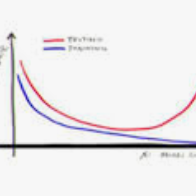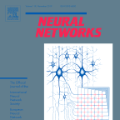For image recovery problems, plug-and-play (PnP) methods have been developed that replace the proximal step in an optimization algorithm with a call to an application-specific denoiser, often implemented using a deep neural network. Although such methods have been successful, they can be improved. For example, the denoiser is often trained using white Gaussian noise, while PnP's denoiser input error is often far from white and Gaussian, with statistics that are difficult to predict from iteration to iteration. PnP methods based on approximate message passing (AMP) are an exception, but only when the forward operator behaves like a large random matrix. In this work, we design a PnP method using the expectation consistent (EC) approximation algorithm, a generalization of AMP, that offers predictable error statistics at each iteration, from which a deep-net denoiser can be effectively trained.
翻译:对于图像恢复问题,已经开发了插件和剧本方法(PnP)来取代优化算法中最接近的一步,代之以对应用程序专用卸载器的呼唤,通常使用深神经网络实施。虽然这种方法是成功的,但可以加以改进。例如,脱诺器通常使用白色高斯噪音进行培训,而PnP的脱诺器输入错误往往远离白色和高斯,从迭代到迭代都难以预测。基于近似信息传递(AMP)的 PnP方法是一个例外,但只有当远端操作器行为像一个大随机矩阵时,我们才设计出一种PnP方法,使用预期一致(EC)近似算法(AMP的概括化),在每次迭代中提供可预测的错误统计数据,从中可以有效培训深网解记器。





























